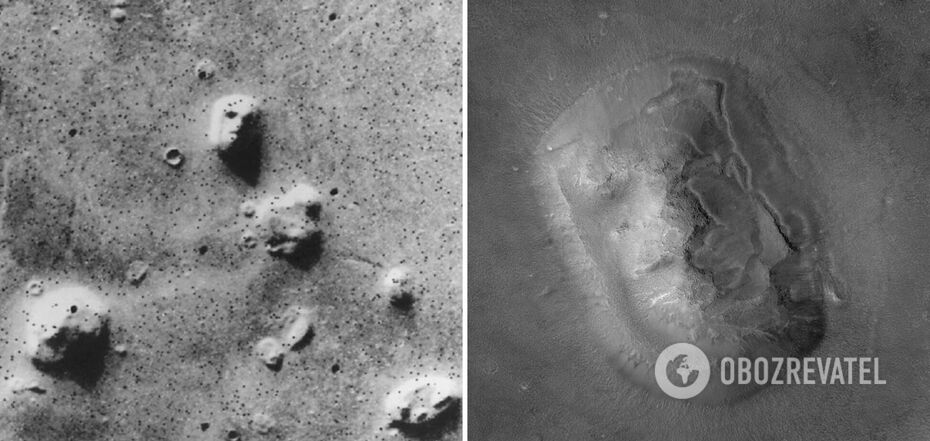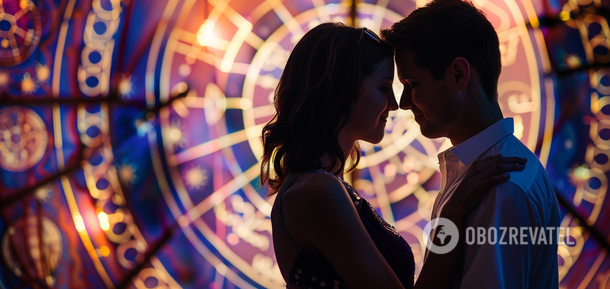Trending:
The face on Mars led to a conspiracy theory, and the scientific explanation didn't make it any less strange: the story behind the mysterious photo

A photo of the surface of Mars taken by NASA's Viking-1 spacecraft back in 1976 became a sensation and made people speculate about alien bases on the Red Planet. After all, it showed the features of a real human face. When scientists explained why this happened, they also came close to unraveling the origin of the art of painting.
Inverse wrote about the connection between these two events. They are connected by a psychological phenomenon called pareidolia.
What is pareidolia?
Pareidolia is a type of visual (and not only) illusion when we begin to see in one object or set of objects the features of something completely different. The simplest example is playing with clouds when you look up at the sky and see the outlines of different objects in the cloud. These can be animals, objects, human figures, etc. A Mickey Mouse on a scooter with a guitar can not float above you. But your brain puts together something familiar from random shapes.
This phenomenon often makes us see the features of living creatures: human or animal figures. Scientists explain this by saying that ancient people, who could see such figures even where there were none, often avoided danger. They ran away from an imaginary bear so that they were less likely to fall victim to a real one. This is how the psychological phenomenon took hold in the population.
What was actually observed on Mars?
A 1976 photo, in which lighted and darkened areas form a figure similar to a human face half hidden in shadow, captured a Martian mountain. This made conspiracy theorists fantasize that it was actually a man-made sculpture left by representatives of an extraterrestrial civilization. According to various assumptions, it could have been a stone image or even the remains of a giant. But the reason was quite different.
The equipment installed on Viking-1 took pictures with a rather low resolution. That is why the detail of the mountain's relief left much to be desired. When the same area was later photographed with more advanced equipment, it turned out that nothing resembled a person. It was just a mountain with a rectangular base and several crevices. If you look closely, you can see a set of shapes on it that resemble the shape of an eye, but nothing more.
What does painting have to do with it?
A recent study published in the Cambridge Archaeological Journal found that the pareidolia that made us see faces on Mars may have been the source of inspiration for the first paintings that ancient people left on cave walls. Archaeologist Izzy Visscher and her colleagues studied Paleolithic drawings in caves in northern Spain. Some of them are as old as 40,000 years. It turned out that they often included natural features of the cave walls in the forms depicted on them.
The explanation for this is as follows: people looked at the space around them in the flickering light of the fire, and the shadow it cast seemed to them like the back of a bison. And this could inspire them to draw, for example, the rest of the animal.
"However, while our research has shown that pareidolia did have some influence on cave artists, this was not always the case, giving us a fascinating insight into the work of these early artists," Visscher said in a statement. She suggested that this art was part of a "creative dialog" with the cave walls. "Ancient people drew inspiration from its shapes, cracks, bends, and depressions for their art. Later, all painting art emerged from these creative experiments.
Earlier, OBOZREVATEL talked about the discovery that convinced scientists that humans began to engage in crafts and think creatively even before they evolved into the Homo sapiens species.
Subscribe to OBOZREVATEL on Telegram and Viber to keep up with the latest news

























